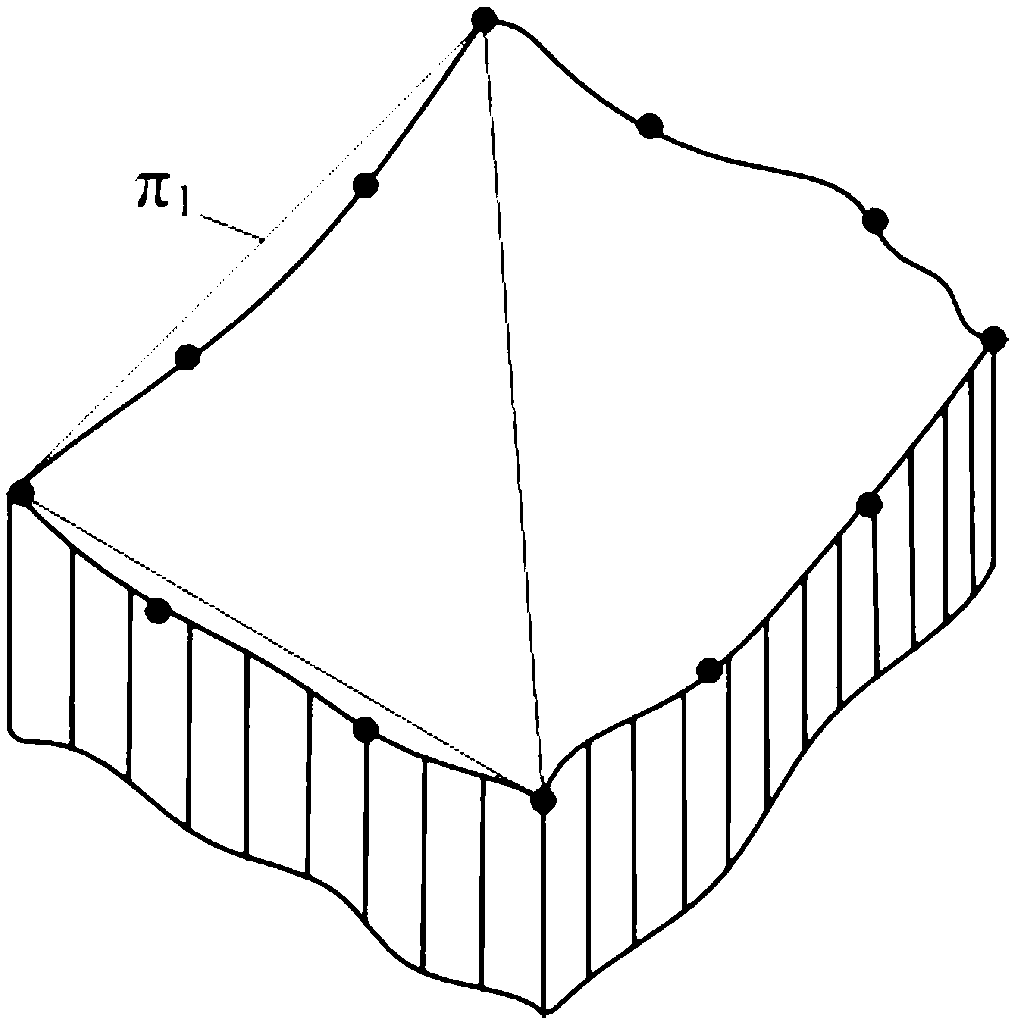Method for extracting flatness errors of mechanical structural plane based on finite element analysis
A mechanical structure and finite element technology, which is applied in the field of flatness error extraction of mechanical structure plane based on finite element analysis, can solve the problems of undetectable and undetectable flatness error, and achieve the effect of reducing development cycle and improving economy.
- Summary
- Abstract
- Description
- Claims
- Application Information
AI Technical Summary
Problems solved by technology
Method used
Image
Examples
Embodiment Construction
[0025] Describe the present invention below in conjunction with specific embodiment:
[0026] The mechanical structure in this embodiment is a valve seat. The specific method for extracting the flatness error of the mechanical structure plane based on finite element analysis adopts the following steps:
[0027] Step 1: Use CAD method to establish a three-dimensional solid model of the valve;
[0028] Step 2: Use finite element software to pre-process the three-dimensional solid model of the valve established in step 1, establish a finite element model of the valve under compound given working conditions such as temperature, air pressure, installation external load, and vibration environment, and perform finite element calculations , to obtain the deformed finite element model;
[0029] Step 3: Measure the coordinates of all n nodes on the valve seat plane in the deformed finite element model obtained in step 2 in the finite element software;
[0030] Step 4: Draw the outer ...
PUM
 Login to View More
Login to View More Abstract
Description
Claims
Application Information
 Login to View More
Login to View More - R&D
- Intellectual Property
- Life Sciences
- Materials
- Tech Scout
- Unparalleled Data Quality
- Higher Quality Content
- 60% Fewer Hallucinations
Browse by: Latest US Patents, China's latest patents, Technical Efficacy Thesaurus, Application Domain, Technology Topic, Popular Technical Reports.
© 2025 PatSnap. All rights reserved.Legal|Privacy policy|Modern Slavery Act Transparency Statement|Sitemap|About US| Contact US: help@patsnap.com


